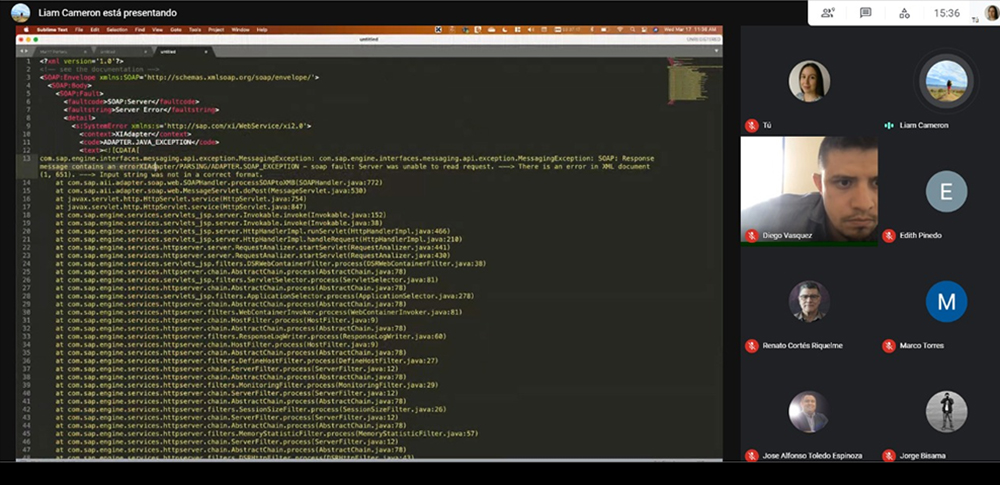In information technology, an interface is the name of the functional connection between two systems, software programs, devices or components of any kind that provides communication between various levels, allowing for data interchange. This interchange occurs automatically, enabling users of different systems to transparently share data throughout each of their processes without the need for intervention.
The SAP interface is currently being developed. It will be the foundation for communicating data, as required, between two systems—Helm and NSE. This development will also be useful for countries that use a SAP system similar to Chile’s, such as Costa Rica and Guatemala.
The first stage of testing the interface between Helm and Dynamics is being conducted in Mexico and involves the processes that have to do with invoices and credit notes. This consists of redesigning invoices based on new information available, in order to provide customers with a more user-friendly format, prevent confusion and avoid the need for subsequent clarification.
This interface can detect several types of errors, such as duplicated invoices, omitted data or errors in any field. These features will significantly streamline the process of resolving potential incidents.
In the case of NSE, in order to reach the goal of implementing the system throughout the entire SAAM Towage network this year, the interface strategy was modified so that all operating countries will begin this process at the same time. Therefore, and also to get a head start detecting gaps in countries that will soon implement the system, kick-off meetings were held with Brazil, Ecuador and Canada. This was done to start the process of analyzing and mapping each country’s different interfaces and thus detect possible gaps in advance, so as to resolve them as soon as possible.
It bears mentioning that Panama has been successfully running the accrual and invoicing interfaces between NSE and its ERP (Exact).


